6 Steps to Building an Effective Hazard Communication Program (EHS)
.png)
As an employer, it is your responsibility to ensure the safety and well-being of your employees. One crucial aspect of workplace safety is implementing a hazard communication program. This program, also known as HazCom, is mandated by OSHA's hazard communication standard and aims to educate employees about the hazards associated with the chemicals they may come into contact with at work. Unfortunately, many employers struggle with compliance when it comes to implementing an effective hazard communication program. In fact, HazCom consistently ranks as the most common OSHA violation in general industry. To help you navigate the complexities of building a successful hazard communication program, this comprehensive guide will outline the six key steps you need to follow. For further knowledge, you can attend an OSHA training that speaks about the program in detail.
Step 1: Familiarize Yourself with the HazCom Standard
The first step in building an effective hazard communication program is to understand the HazCom standard. Take the time to thoroughly review the standard and identify the staff members who will be responsible for implementing and managing the program. It is crucial to have someone with primary responsibility for coordinating the implementation process. This individual will ensure that all aspects of the program are properly addressed and maintained.
Step 2: Develop a Written Hazard Communication Program
Once you have a clear understanding of the HazCom standard, it is time to develop a written hazard communication program tailored to your workplace. This program should outline how hazard communication will be addressed and integrated into your site's safety protocols. It should include procedures for labelling hazardous chemicals, maintaining safety data sheets (SDSs), and providing employees with necessary information. Additionally, you will need to prepare a comprehensive list or inventory of all hazardous chemicals used in your facility.
Step 3: Ensure Proper Container Labelling
Container labels play a crucial role in communicating hazards associated with chemicals. According to the HazCom standard, chemical manufacturers and importers are required to provide labels on shipped containers. These labels must include essential information such as the product identifier, signal word, pictograms, hazard statements, precautionary statements, and contact information for the responsible party. If you use an in-house labelling system, ensure that it meets the standard's requirements and effectively communicates the hazards to your employees.
Step 4: Maintain Safety Data Sheets (SDSs)
Safety Data Sheets (SDSs) provide detailed information about the hazards, handling procedures, and emergency control measures for each hazardous chemical. Employers are required to maintain SDSs for all chemicals used in their workplace. It is essential to ensure that SDSs are readily accessible to employees and easily retrievable when needed. If you do not receive an SDS from your supplier automatically, you must request one. Consider implementing an electronic SDS management system with a reliable backup system to ensure accessibility during power failures or emergencies.
Step 5: Train and Inform Employees
Effective employee training is a critical component of any hazard communication program. Before employees begin working with hazardous chemicals, they must receive comprehensive training on the hazards associated with those chemicals. OSHA Training should also cover proper handling, storage, and emergency response procedures. It is essential to provide training in a language and vocabulary that employees can understand. Additionally, employees should be made aware of the protective measures available at the worksite to mitigate the risks associated with hazardous chemicals.
Step 6: Evaluate and Update Your Program
Building an effective hazard communication program is an ongoing process. As your workplace evolves and new hazards and chemicals are introduced, it is crucial to periodically evaluate and update your program. Regularly assess your hazard communication program to ensure its relevance and effectiveness. Make necessary revisions to address any changes in conditions, such as new chemicals, revised safety protocols, or updated regulatory requirements. By keeping your program current, you can maintain compliance and protect the safety and well-being of your employees.
Conclusion
Implementing and maintaining a successful hazard communication program is essential for ensuring workplace safety and compliance with OSHA's requirements. By following these six steps, you can develop an effective program that educates and protects your employees from the hazards associated with chemicals in the workplace. Remember, a well-executed hazard communication program not only keeps your employees safe but also helps you avoid costly OSHA violations. Prioritize the safety and well-being of your workforce by building a comprehensive and compliant hazard communication program today. OSHA Training can help you become compliant with the rules and regulations.S
Additional Information:
- It is recommended to conduct regular audits and inspections to ensure compliance with the hazard communication program.
- Consider appointing a dedicated safety officer or team to oversee the implementation and maintenance of the hazard communication program.
- Utilize digital tools and software solutions to streamline and automate processes related to hazard communication, such as SDS management and employee training tracking. These tools can help improve efficiency and ensure accuracy in maintaining compliance.
Trending now

Why do medical devices need FDA approval?
Blog
Top 10 HR Compliance Challenges in USA
Blog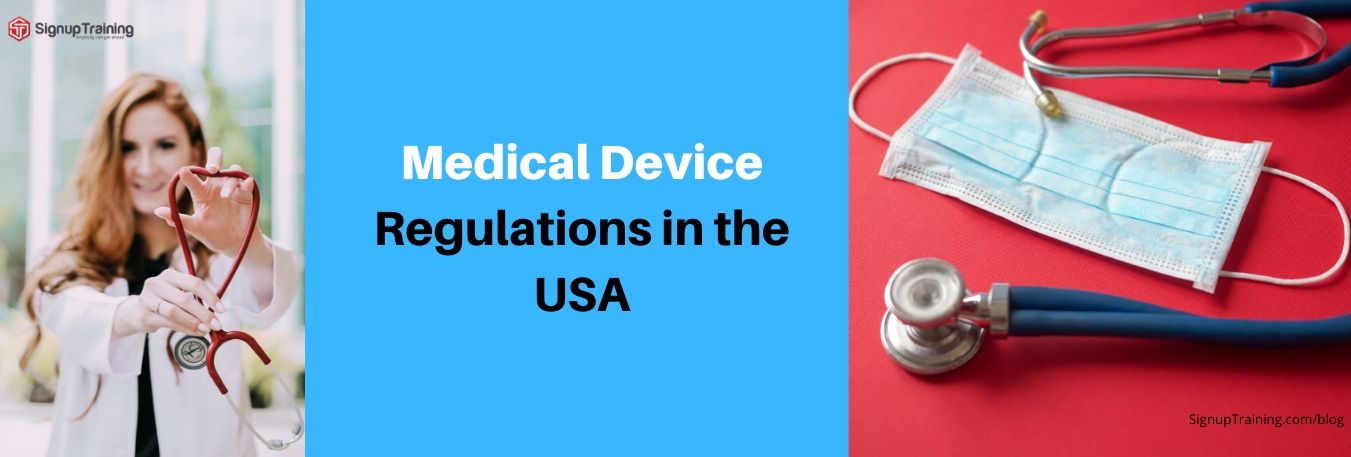
Medical Device Regulations in the USA
Blog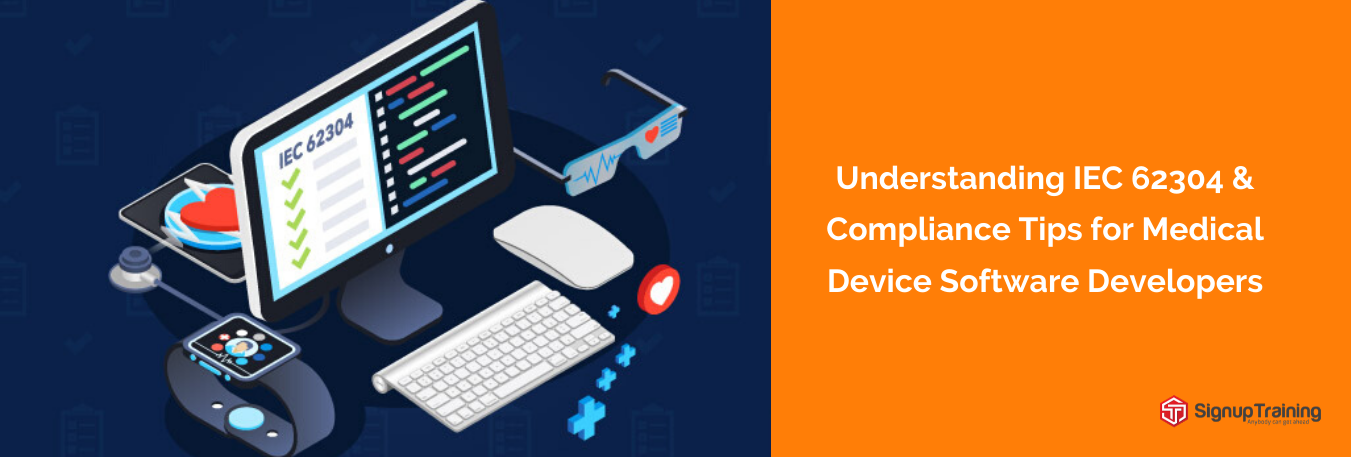
Understanding IEC 62304 & Compliance Tips for Medical Device Software Developers
Blog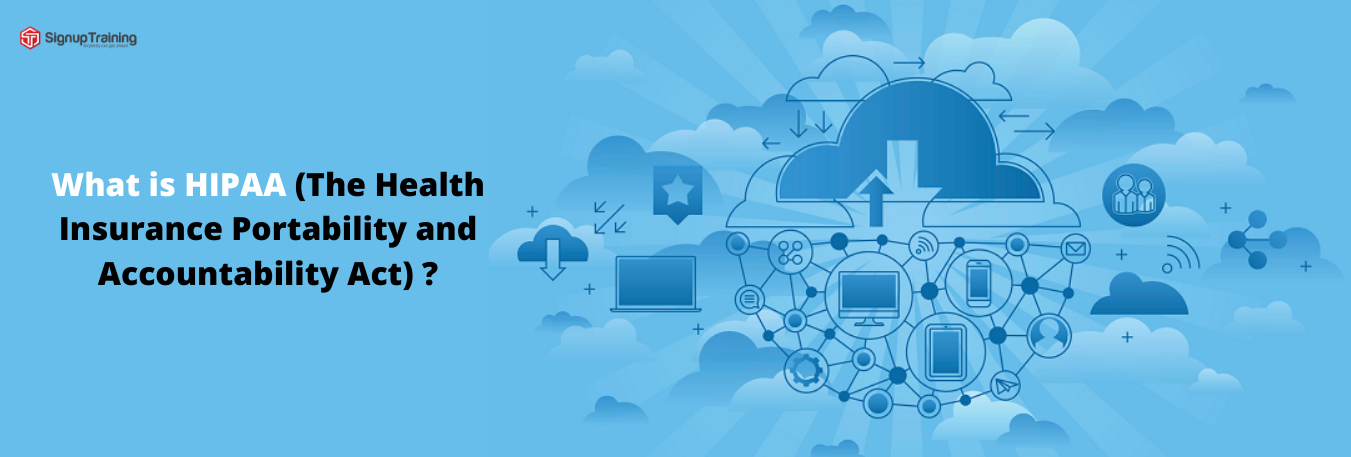
What is HIPAA (The Health Insurance Portability and Accountability Act) ?
BlogFDA Steps to Ensure Quality of Foreign Products
Blog
6 Skills that Make for a Great Human Resources Manager
Blog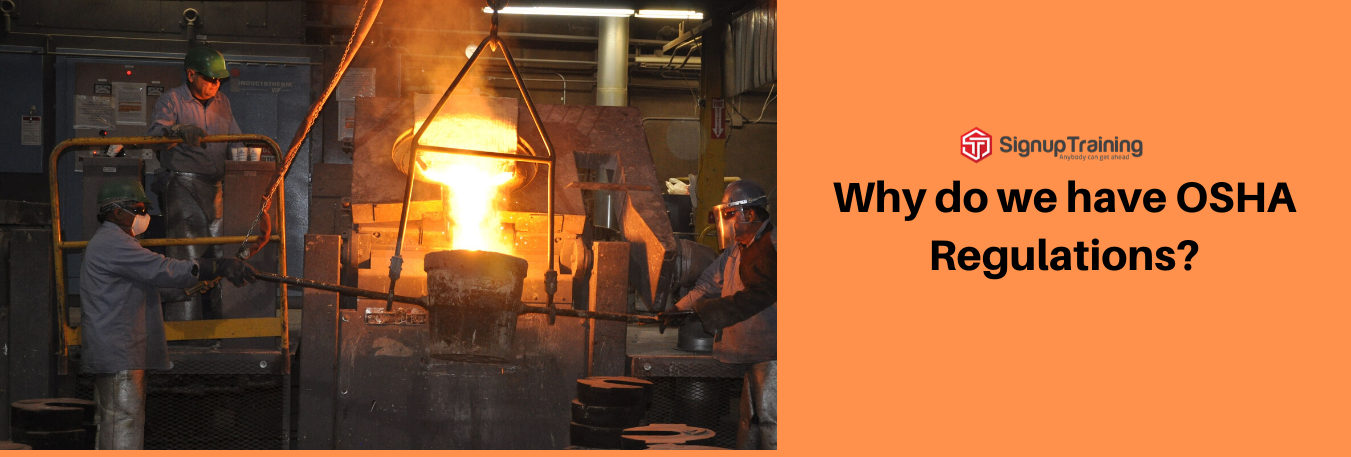
Why do we have OSHA Regulations?
Blog21 CFR part 11 compliance - key factors that every FDA regulated business should know
BlogWhy is 21 CFR Part 11 Compliance Important?
BlogWhat are the Key Factors (Essentials) for 21 CFR Part 11 Compliance?
BlogFDA Regulated Firms Must Ensure Part 11 Compliance to Generate Accurate and Usable Data
Blog
Know how to Survive an OSHA Audit
Blog
Top 5 Job Opportunities in Biotechnology
Blog
5 Key functions of HR Management
Blog
Cybersecurity Threats Upcoming in 2023
Blog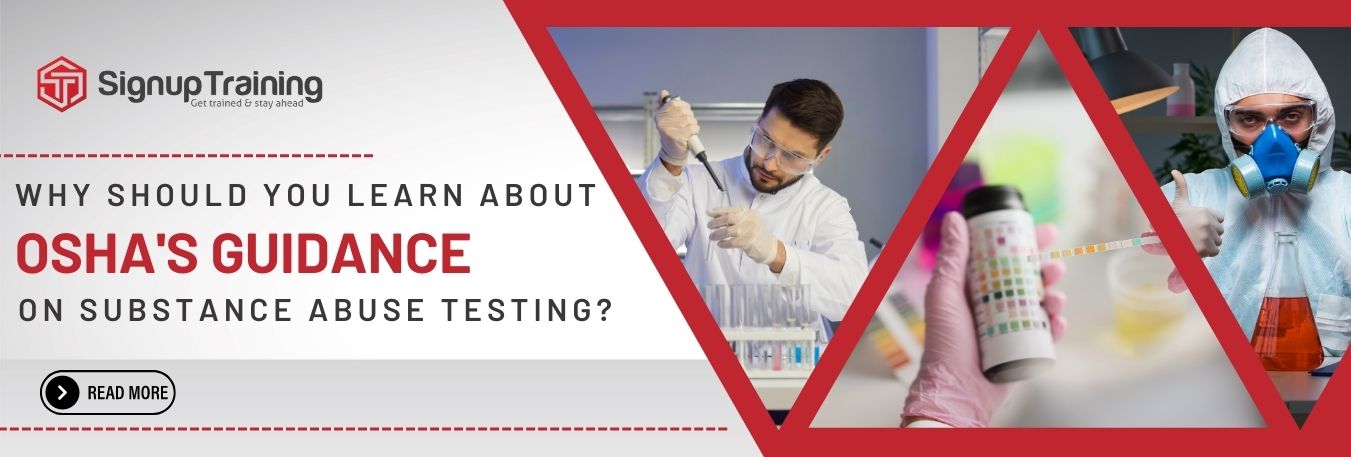
Why Should You Learn About OSHA's Guidance on Substance Abuse Testing?
Blog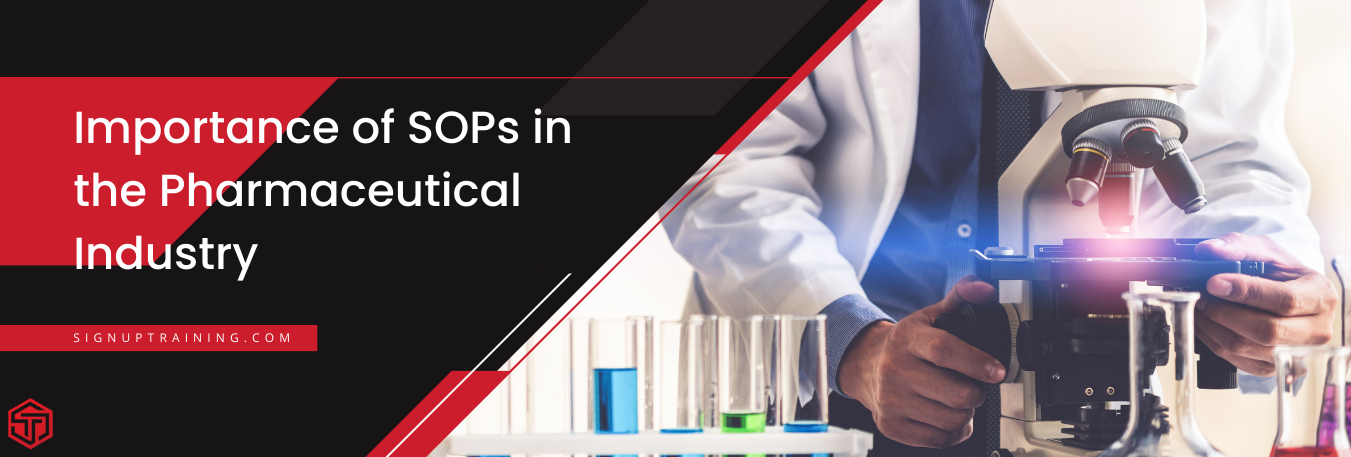
Importance of SOPs in the Pharmaceutical Industry
Blog
Non-Compliance on 1099 Filing: Consequences and Best Practices
Blog
Artificial Intelligence (AI) in Healthcare: A Boon or Bane?
Blog.jpg)
How to Ensure Compliance with the I-9 Form: A Guide for Human Resources
Blog
Effective OSHA Audit Observations and Best Practices
Blog
How to Land Your Dream Job in Accounting: Top Tips and Career Options
Blog
Cultivating Connections: How to Foster a Thriving Culture with Your Remote Workforce
Blog
The Transformative Power of Artificial Intelligence in Biotechnology
Blog.png)
6 Steps to Building an Effective Hazard Communication Program (EHS)
Blog